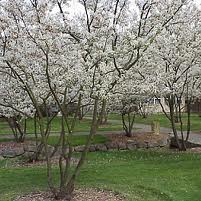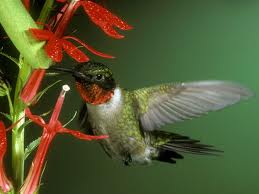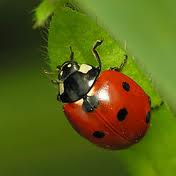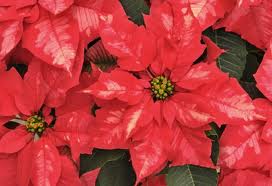My mother often recounted tales of picking wild huckleberries (blueberries) from the fence rows and woodlots of the southern Lancaster County farms my grandfather and his two brothers had basically cleared since moving here in the 1870ies.
That was 100 years ago. Since then most of the fence rows, many of the woodlots and the huckleberries have disappeared.
Thirty plus years ago I established a patch of high-bush blueberries which still produce without a commercial level of care. I will confess that I planted maybe three or four plants for every one that ever came into production.
My mistake was planting them and then trying to change the soil to meet their needs. Blueberries require a soil pH of at least five or lower. It is next to impossible to find that level of soil acidity in southeastern Pennsylvania without significant amendments.
The memory is foggy but the acreage I brought into production took four to six years before they thrived. I used acidic mulches and fertilizers, sulphur and the pumice from cider making to drive the pH down. Aluminum sulfate also works but back then someone had whispered in my ear something about aluminum toxicity so I avoided it. Most likely not true.
Three weeks ago I planted a garden patch of blueberries. This time I spent over a year amending the soil with peat moss, bushels of pine needles and several applications of sulfur. Frequent trips were made with the rototiller to thoroughly mix my efforts.
A soil test will soon tell me my pH and whether I must continue my assault on my natural soil. Regardless, acidic mulch and fertilizers will follow. It’s too early to tell, but the plants look great at this point.
When I told some friends that I had planted some blueberries they asked if I had dug a great big hole and lined it with Michigan peat. I had not and don’t favor making a special planting hole, but with blueberries it might work. Apparently Michigan peat is lower in pH than Canadian peat. I didn’t know that either.
Blueberries are easy once you get them started. In the 15 years I operated a commercial patch I don’t remember ever spraying them. Birds like them so either plant some to share or cover with a netting so you get the fruit.
Pruning is also easy. Blueberries are naturally a multi-stemmed plant. At least five, and no more than seven, stems are desirable. Maintain that number of stems until the plants are mature and bearing fruit. Then each year remove the oldest or worst bearing stem at the ground and save the best of the new shoots that emerged that year. That’s it.
When I was a child there were a few wild huckleberries in a near-by woods. They disappeared when it was fenced for cattle. Today I will rely on the ones that were planted. Despite what mom used to say, the planted ones taste just as good.
 Serviceberry, Amelanchier sp., is one of my favorite early spring blooming shrubs or small trees. I suppose you could train it to be a standard or single stemmed small tree. Life will be a lot easier if you welcome it as a multi-stemmed shrub that will reach 15 to 20 feet at maturity.
Serviceberry, Amelanchier sp., is one of my favorite early spring blooming shrubs or small trees. I suppose you could train it to be a standard or single stemmed small tree. Life will be a lot easier if you welcome it as a multi-stemmed shrub that will reach 15 to 20 feet at maturity. The hummingbird was hovering within inches of the spot where it had been last seen the previous fall. There was a problem. In the fall there was a feeder hanging there but it was still in the closet when the bird returned. You will see the most activity when they first arrive and again as they stage for the fall migration in late September and early October.
The hummingbird was hovering within inches of the spot where it had been last seen the previous fall. There was a problem. In the fall there was a feeder hanging there but it was still in the closet when the bird returned. You will see the most activity when they first arrive and again as they stage for the fall migration in late September and early October.  Are you ready for some bugs? Cold winter weather will significantly reduce insect pressure in your garden the following year. Our winter that wasn’t, won’t.
Are you ready for some bugs? Cold winter weather will significantly reduce insect pressure in your garden the following year. Our winter that wasn’t, won’t. Since my knowledge of poinsettias is limited to buying several just after Thanksgiving, setting them around the house and then carrying them to the dumpster sometime in February, I visited one of the larger growers in the Solanco area for a few pointers.
Since my knowledge of poinsettias is limited to buying several just after Thanksgiving, setting them around the house and then carrying them to the dumpster sometime in February, I visited one of the larger growers in the Solanco area for a few pointers.